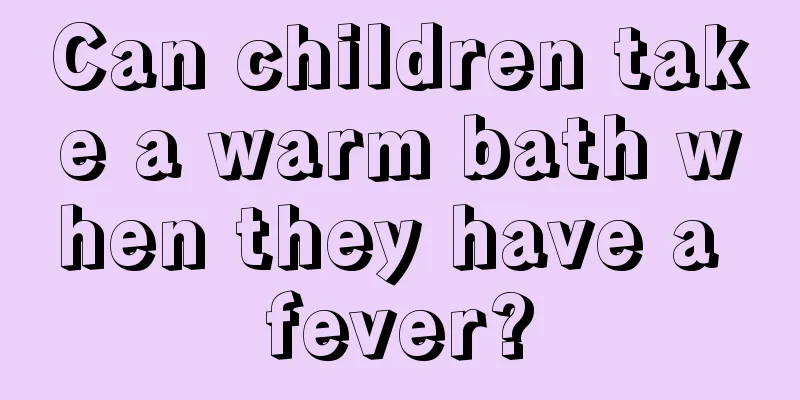Why do children have white spots on their bodies?

|
It is normal for vitiligo to occur in adults because their bodies have been exposed to the outside world for too long. However, for children, white spots are relatively rare because they have fewer chances of being exposed to the virus. However, once white spots are found on a child, the cause should be found and treated in time. What happens when children have white spots on their bodies? White spots on children's bodies are not necessarily vitiligo The appearance of white spots on children's bodies is not necessarily vitiligo. There are many other diseases that can also cause the appearance of white spots, such as pityriasis alba, achromatic nevus, and post-inflammatory hypopigmentation. Therefore, when white spots are found on children's bodies, they should take them to a regular hospital for relevant examinations, and then confirm the diagnosis and receive symptomatic treatment. Parents and friends must not make rash guesses. Vitiligo symptoms in children Prone areas: exposed, friction-prone, and wrinkled areas. The skin color of the area where vitiligo occurs becomes lighter and whiter, and it can occur anywhere on the body. It is especially prone to occur in areas exposed to the sun, such as the face, neck, sacrum, coccyx, extensor surface of the forearms and backs of the hands, and areas prone to friction and wrinkles. The disease morphology is symmetrically distributed with clear boundaries. The white spots are often distributed symmetrically or arranged along nerve segments, with a clear boundary between them and the surrounding normal skin, and some edges are surrounded by pigmented bands. Disease symptoms: No obvious feeling, or slight itching, difficult to detect in the early stage. Vitiligo is painless and itchy and is easily ignored, but in some cases it may cause itchy skin. Early stage vitiligo is small in size and light in color. It usually exists alone and is easily overlooked. In the late stage, the white spots may gradually connect into patches with clear boundaries from normal skin. In severe cases, they may spread all over the body. How to prevent vitiligo in children Develop good living habits. Strengthen your physical fitness, eat a healthy diet, have a balanced diet, and avoid being picky about food. Try to eat less fruits rich in vitamin C, such as hawthorn, cherry, grapefruit, etc., which can easily aggravate white spots. Provide children with a suitable environment. Humidity, cold, exposure to the sun, friction, etc. may induce vitiligo, and are not conducive to the recovery of vitiligo patients. Avoid trauma. To prevent infection, frostbite, burns and other injuries may cause white spots to spread faster due to isomorphic reactions. Vitiligo is indeed very scary for children. It will cause children to have certain psychological barriers, become inferior, and stop communicating with their peers. Therefore, when a child suffers from vitiligo, parents and friends should not only actively take the child for treatment, but also pay attention to the child's psychological counseling, so that the child can have a healthy and happy childhood. |
<<: White spots on the top of the child's head
>>: Is it good for babies to drink honeysuckle dew?
Recommend
Can moles on children's faces be removed?
Many children have very tender skin. If some chil...
What are the treatments for oral herpes in children?
Oral herpes in children is an oral disease. Its m...
Why does my 4-year-old baby drool while sleeping at night?
It is normal for children to drool when they are ...
What to do if your baby picks his nose
Many babies often pick their noses, and many pare...
How to care for facial hemangioma in children?
Hemangioma on children's face is one of the m...
What are the symptoms and factors of endocrine disorders in babies?
Endocrine disorders, although not a big or small ...
Treatment of fever, cough and runny nose in children
Problems like children having fever, cough and ru...
Baby has low fever at night and is fine during the day
Some babies seem to be quite active during the da...
8 principles! Scientific weaning for babies
How to safely and successfully wean the baby is a...
What to do if children have toothache
Children's teeth are relatively fragile. If t...
What should I do if my child always grinds his teeth at night?
Many children are prone to grinding their teeth w...
What to do if your baby has a runny nose after a fever
Every baby is the apple of his parents' eyes....
What should I do if my baby has genital eczema?
Because babies' bodies are not yet fully deve...
White spots on children's tonsils
If you find white spots in the throats of many ch...
Emergency treatment for a child's dislocated elbow
Many babies are lively by nature, love to play an...









